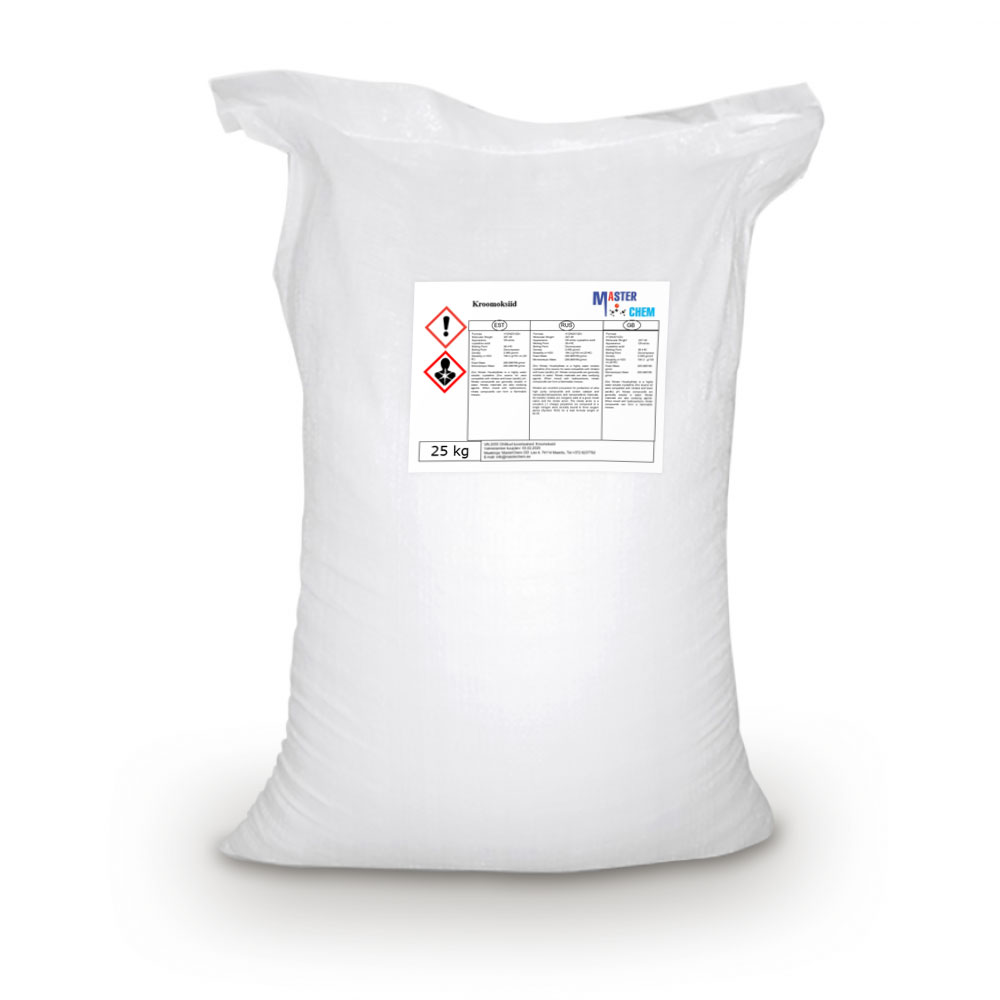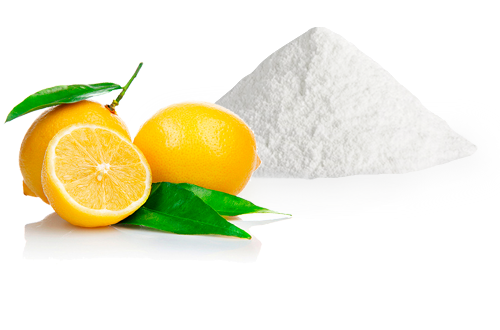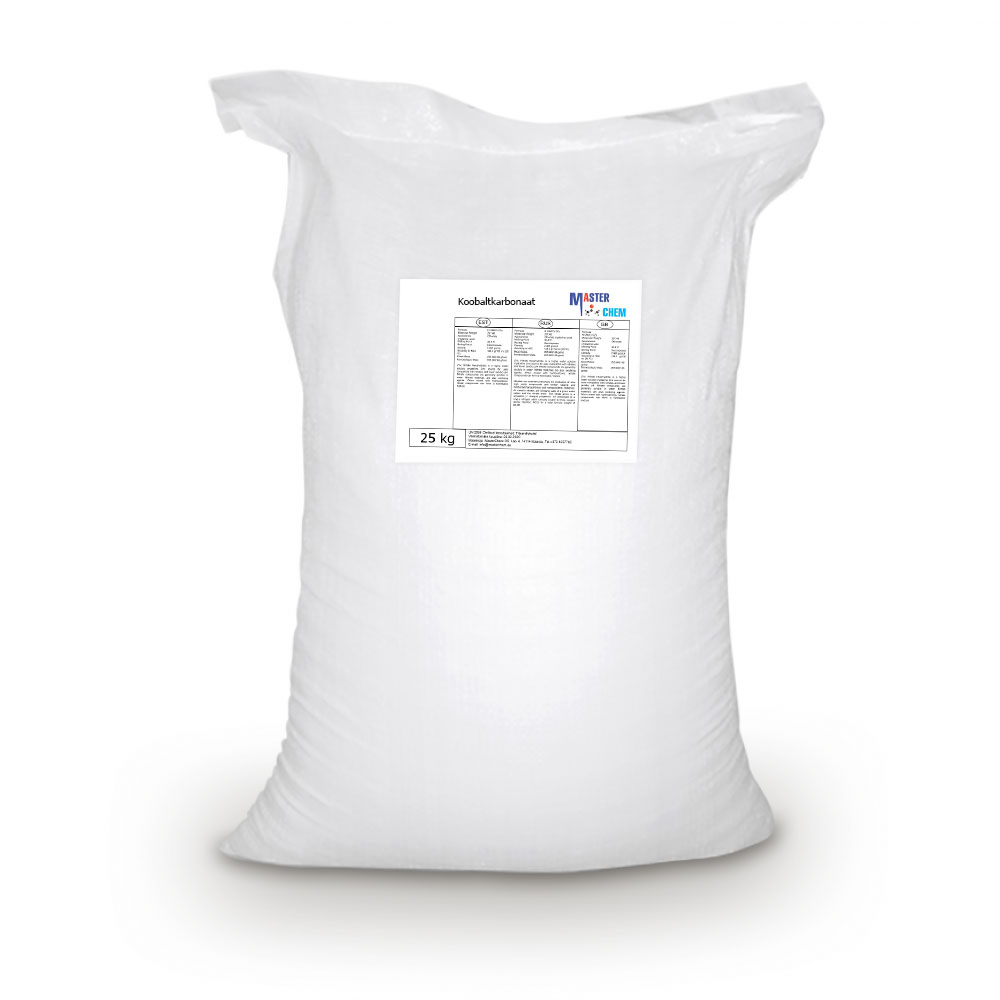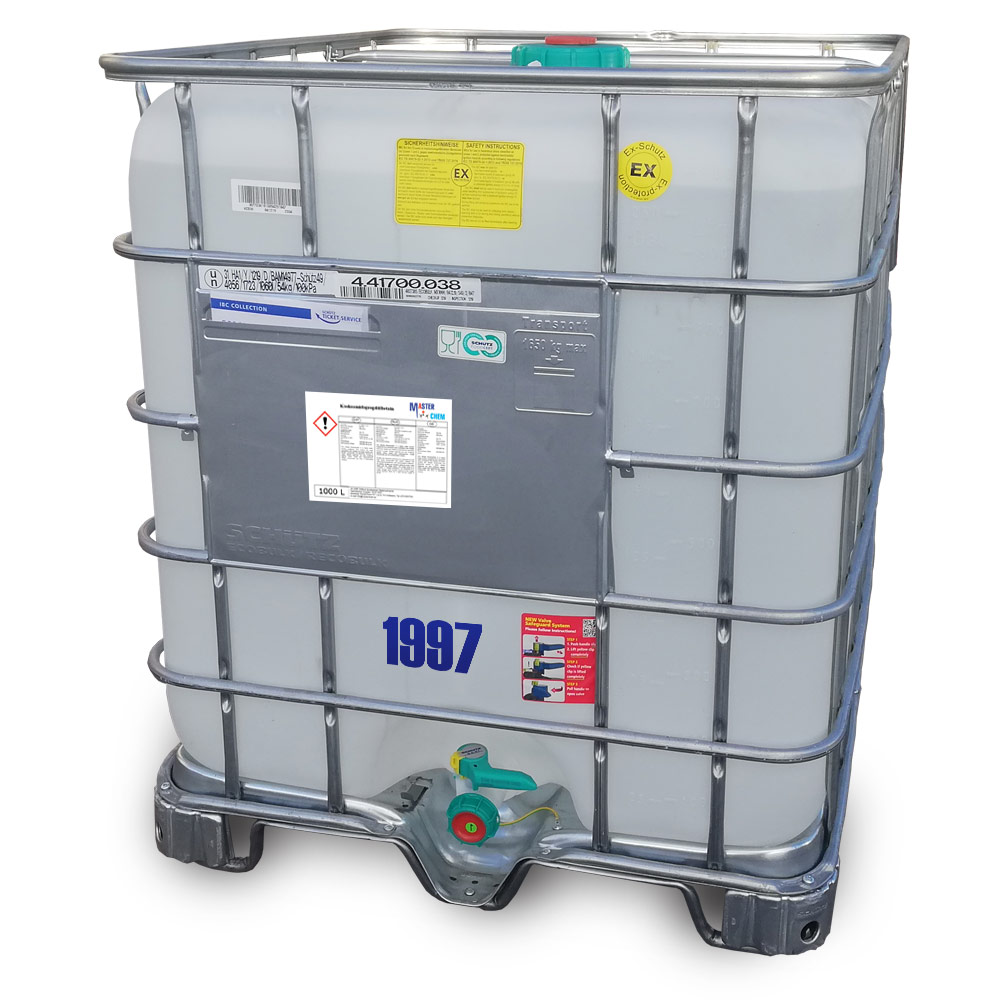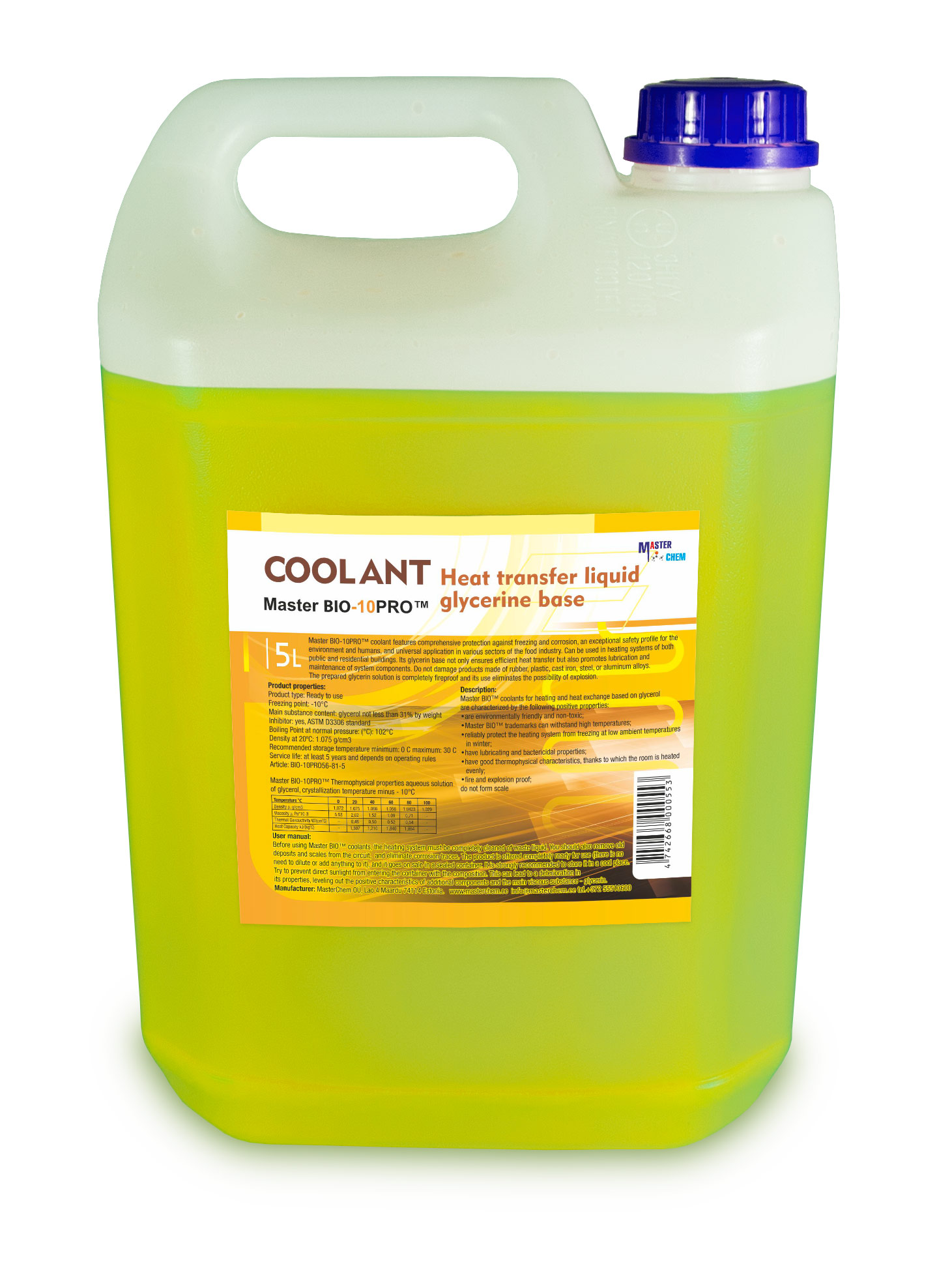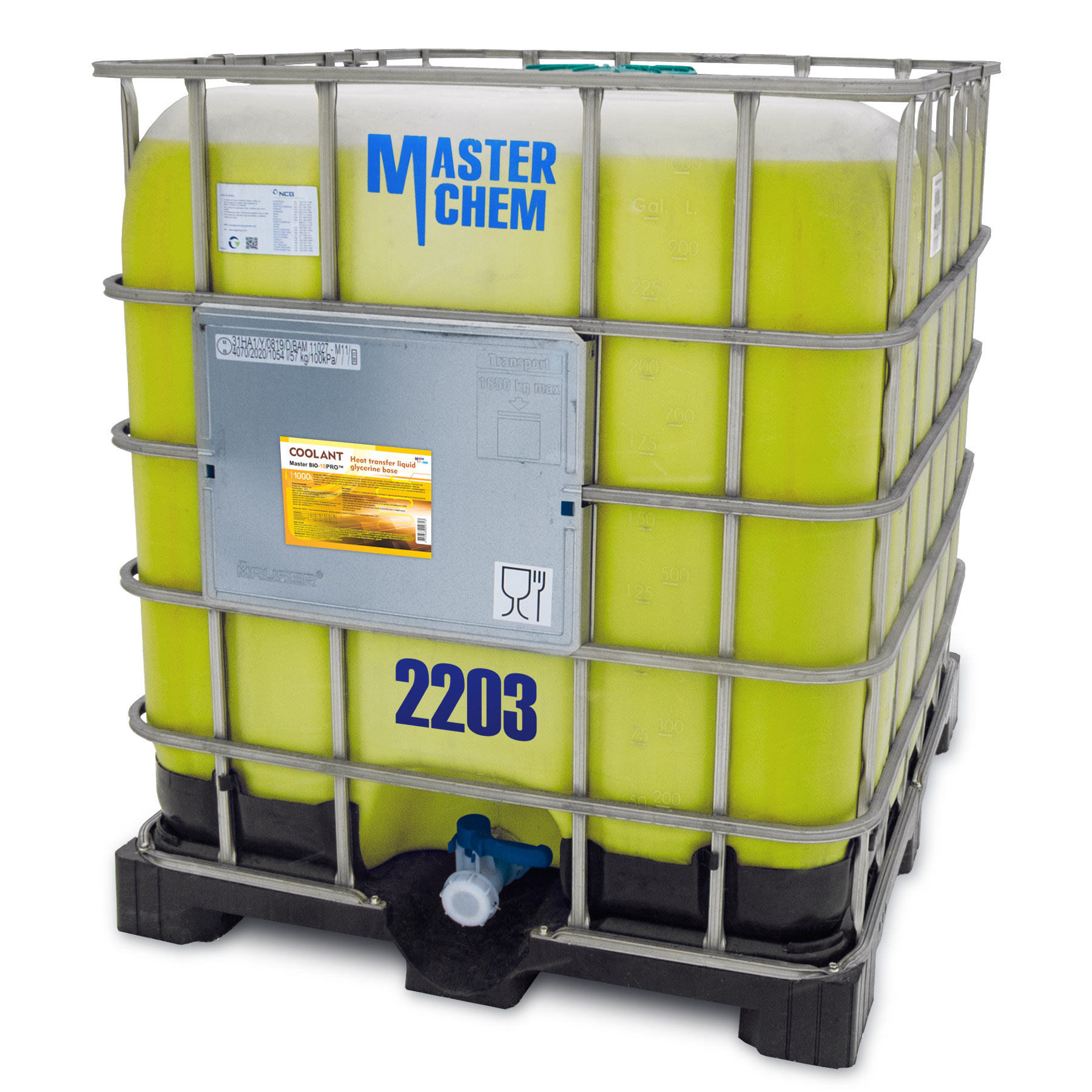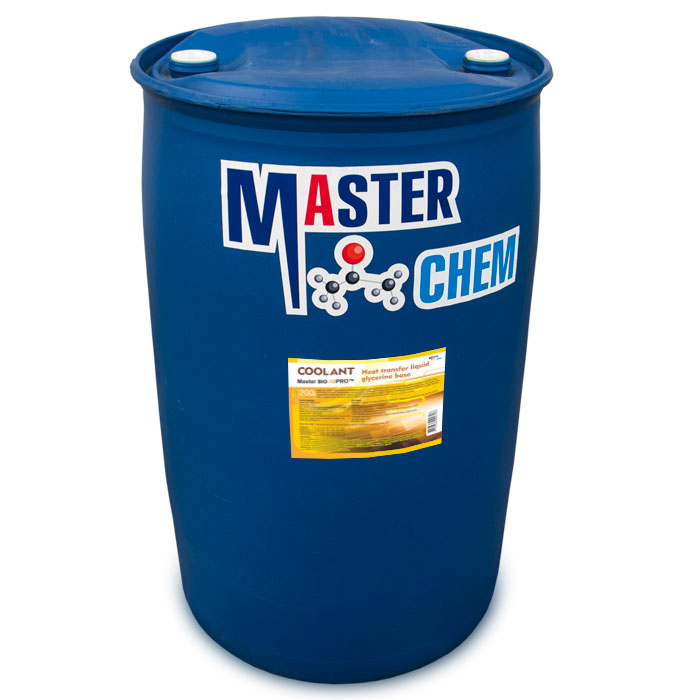Currently Empty: €0.00
Cholesterol (CAS 57-88-5)
Cholesterol (CAS 57-88-5)
Cholesterol (from the Ancient Greek chole- (bile) and stereos (solid), followed by the chemical suffix -ol for an alcohol) is an organic molecule. It is a sterol (or modified steroid), a type of lipid. Cholesterol is biosynthesized by all animal cells and is an essential structural component of animal cell membranes. It is a yellowish crystalline solid.
Cholesterol also serves as a precursor for the biosynthesis of steroid hormones, bile acid and vitamin D. Cholesterol is the principal sterol synthesized by all animals. In vertebrates, hepatic cells typically produce the greatest amounts. It is absent among prokaryotes (bacteria and archaea), although there are some exceptions, such as Mycoplasma, which require cholesterol for growth.
François Poulletier de la Salle first identified cholesterol in solid form in gallstones in 1769. However, it was not until 1815 that chemist Michel Eugène Chevreul named the compound “cholesterine”.
Chromium oxide (CAS 1308-38-9)
Chromium oxide (CAS 1308-38-9)
Chromium(III) oxide (or chromia) is an inorganic compound with the formula Cr2O3. It is one of the principal oxides of chromium and is used as a pigment. In nature, it occurs as the rare mineral eskolaite.
Cr2O3 has the corundum structure, consisting of a hexagonal close packed array of oxide anions with 2⁄3 of the octahedral holes occupied by chromium. Similar to corundum, Cr2O3 is a hard, brittle material (Mohs hardness 8 to 8.5). It is antiferromagnetic up to 307 K, the Néel temperature. It is not readily attacked by acids.
Citric acid (CAS 77-92-9)
Citric acid is a weak organic acid that has the chemical formula C6H8O7
It occurs naturally in citrus fruits. In biochemistry, it is an intermediate in the citric acid cycle, which occurs in the metabolism of all aerobic organisms.More than two million tons of citric acid are manufactured every year. It is used widely as an acidifier, as a flavoring and a chelating agent.
CAS: 77-92-9
Citric Acid Monohydrate (CAS 5949-29-1)
Citric Acid Monohydrate (CAS 5949-29-1)
Citric Acid Monohydrate is a tricarboxylic acid found in citrus fruits. Citric acid is used as an excipient in pharmaceutical preparations due to its antioxidant properties. It maintains stability of active ingredients and is used as a preservative. It is also used as an acidulant to control pH and acts as an anticoagulant by chelating calcium in blood.
Cobalt carbonate
Cobalt carbonate
Cobalt(II) carbonate is the inorganic compound with the formula CoCO3. This reddish paramagnetic solid is an intermediate in the hydrometallurgical purification of cobalt from its ores. It is an inorganic pigment, and a precursor to catalysts. Cobalt(II) carbonate also occurs as the rare red/pink mineral spherocobaltite.
Cobalt carbonate is a precursor to cobalt carbonyl and various cobalt salts. It is a component of dietary supplements since cobalt is an essential element. It is a precursor to blue pottery glazes, famously in the case of Delftware.
Cobalt chloride (CAS 7646-79-9)
Manganese chloride tetrahydrate (CAS 13446-34-9)
Cobalt(II) chloride is an inorganic compound of cobalt and chlorine, with the formula CoCl2. It is a red crystalline solid.
Because of the ease of the hydration/dehydration reaction, and the resulting color change, cobalt chloride is used as an indicator for water in desiccants.
Niche uses of cobalt chloride include its role in organic synthesis and electroplating objects with cobalt metal.
Cobalt chloride has been classified as a substance of very high concern by the European Chemicals Agency as it is a suspected carcinogen.
Cobalt oxide (CAS 1307-96-6)
Cobalt oxide (CAS 1307-96-6)
The applications of Er2O3 are varied due to their electrical, optical and photoluminescence properties. Nanoscale materials doped with Er3+ are of much interest because they have special particle-size-dependent optical and electrical properties. Erbium oxide doped nanoparticle materials can be dispersed in glass or plastic for display purposes, such as display monitors. The spectroscopy of Er3+ electronic transitions in host crystals lattices of nanoparticles combined with ultrasonically formed geometries in aqueous solution of carbon nanotubes is of great interest for synthesis of photoluminescence nanoparticles in ‘green’ chemistry. Erbium oxide is among the most important rare earth metals used in biomedicine. The photoluminescence property of erbium oxide nanoparticles on carbon nanotubes makes them useful in biomedical applications. For example, erbium oxide nanoparticles can be surface modified for distribution into aqueous and non-aqueous media for bioimaging. Erbium oxides are also used as gate dielectrics in semi conductor devices since it has a high dielectric constant (10–14) and a large band gap. Erbium is sometimes used as a coloring for glasses and erbium oxide can also be used as a burnable neutron poison for nuclear fuel.
Cobalt Sulphate (CAS 10026-24-1)
Cobalt Sulphate (CAS 10026-24-1)
Cobalt sulfates are important intermediates in the extraction of cobalt from its ores. Thus, crushed, partially refined ores are treated with sulfuric acid to give red-colored solutions containing cobalt sulfate.
Hydrated cobalt(II) sulfate is used in the preparation of pigments, as well as in the manufacture of other cobalt salts. Cobalt pigment is used in porcelains and glass. Cobalt(II) sulfate is used in storage batteries and electroplating baths, sympathetic inks, and as an additive to soils and animal feeds. For these purposes, the cobalt sulfate is produced by treating cobalt oxide with sulfuric acid.
Being commonly available commercially, the heptahydrate is a routine source of cobalt in coordination chemistry.
Cocoa butter (CAS 8002-31-1)
Cocoa butter (CAS 8002-31-1)
Cocoa butter, also called theobroma oil, is a pale-yellow, edible fat extracted from the cocoa bean (Theobroma cacao). It is used to make chocolate, as well as some ointments, toiletries, and pharmaceuticals. Cocoa butter has a cocoa flavor and aroma. Its melting point is slightly below human body temperature. It is an essential major ingredient of chocolate and related confectionary products.
Cocoamidopropyl betaine (CAS 61789-40-0)
Cocoamidopropyl betaine (CAS 61789-40-0)
Cocamidopropyl Betaine, or CAB/CAPB for short, is a widely-used amphoteric surfactant. It’s a mild coconut-derived active ingredient, increasingly used as an emulsifier, thickener, and foaming agent in various household detergents, personal care products, and cosmetics, especially in gentle baby care products, such as baby shampoos and baby bubble baths.
Thanks to its mildness and compatibility with other surfactants, Cocamidopropyl Betaine has been a popular choice as a primary or secondary surfactant in an extensive range of formulas. CAPB can have excellent synergistic effects with other surfactants in formulas, to achieve higher viscosity, richer foam, and lower irritation to the skin and eyes.
Coolant Master BIO-10PRO™ heat transfer liquid glycerine base
Master BIO-10PRO™ coolant features comprehensive protection against freezing and corrosion, an exceptional safety profile for the environment and humans, and universal application in various sectors of the food industry. Can be used in heating systems of both public and residential buildings. Its glycerin base not only ensures efficient heat transfer but also promotes lubrication and maintenance of system components. Do not damage products made of rubber, plastic, cast iron, steel, or aluminum alloys. The prepared glycerin solution is completely fireproof and its use eliminates the possibility of explosion.
This product is an excellent choice for those looking for a reliable, high-quality coolant that meets sustainability goals.
Coolant Master BIO-20PRO™ heat transfer liquid glycerine base
Master BIO-20PRO™ coolant features comprehensive protection against freezing and corrosion, an exceptional safety profile for the environment and humans, and universal application in various sectors of the food industry. Can be used in heating systems of both public and residential buildings. Its glycerin base not only ensures efficient heat transfer but also promotes lubrication and maintenance of system components. Do not damage products made of rubber, plastic, cast iron, steel, or aluminum alloys. The prepared glycerin solution is completely fireproof and its use eliminates the possibility of explosion.
This product is an excellent choice for those looking for a reliable, high-quality coolant that meets sustainability goals.


